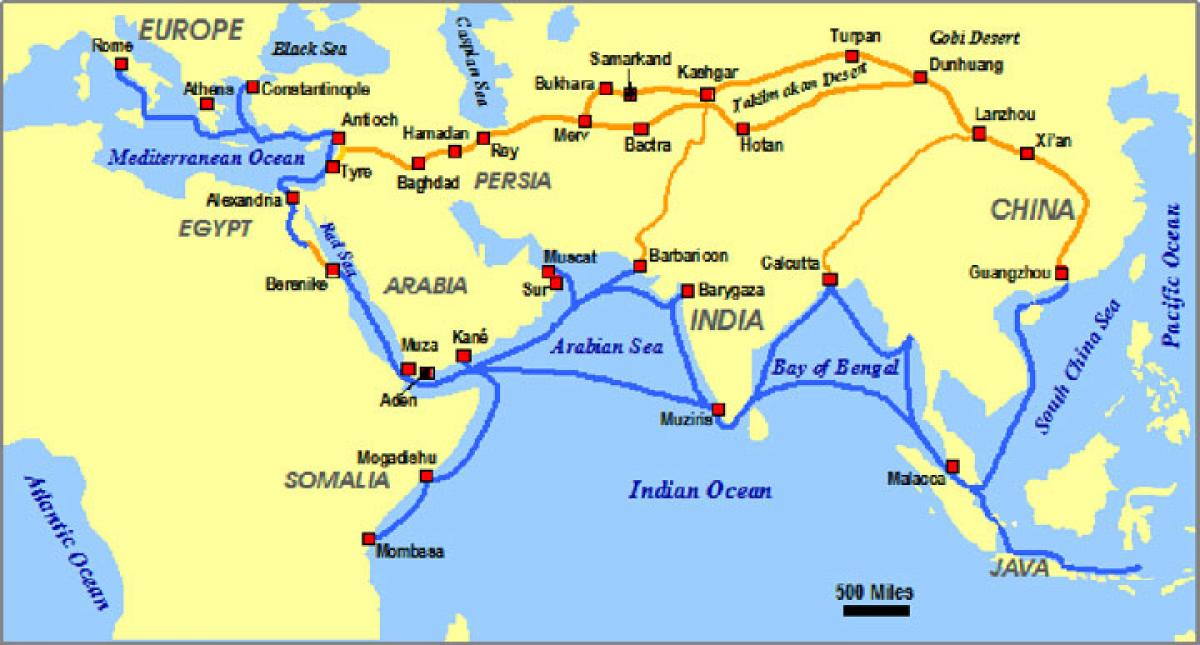Live
- Food waste crisis fuels sustainable practices across APAC food & beverage industry: Report
- AI helps erase racist deed restrictions in California
- ATMIS completes third phase of troops' drawdown in Somalia
- PM Kisan Samman Nidhi scheme bringing smile to Nalanda farmers
- German economy forecast to lag eurozone growth until 2026
- CM Shinde orders stern action against hoarding of onions amid rising prices
- Protest rallies in Manipur against 'mass killing of 10 village volunteers'
- Open Network for Digital Commerce: Tirupati corporation to promote SHG groups products online marketing
- 4th T20I: India elect to bat first in series decider vs South Africa
- The Telangana Woman Sushma Thodety Shines in the UMB Pageant's ‘Mrs. India’ Competition





.jpg) The Maritime Silk Road was a conduit for trade and cultural exchange between China's south-eastern coastal areas and foreign countries. There were two major routes: the East China Sea Silk Route and the South China Sea Silk Route . Through the maritime Silk Road, silks, china, tea, and brass and iron were the four main categories exported; while spices, flowers and plants, and rare treasures for the court were brought to China.
The Maritime Silk Road was a conduit for trade and cultural exchange between China's south-eastern coastal areas and foreign countries. There were two major routes: the East China Sea Silk Route and the South China Sea Silk Route . Through the maritime Silk Road, silks, china, tea, and brass and iron were the four main categories exported; while spices, flowers and plants, and rare treasures for the court were brought to China. 



